40 nutrition facts food labels
Use the Nutrition Facts Label - National Institutes of Health Get enough of these: potassium, fiber, vitamins A and C, calcium, and iron Use the Percent Daily Value (% DV) column when possible; 5% DV or less is low, 20% DV or more is high Visit the Smart Food Shopping page and learn how the label can help you choose foods lower in calories, fat, and added sugar to help maintain a healthy weight. The Basics of the Nutrition Facts Label - Academy of Nutrition and ... Step 4: Check Out the Nutrition Terms. Low calorie: 40 calories or less per serving. Low cholesterol: 20 milligrams or less and 2 grams or less of saturated fat per serving. Reduced: At least 25% less of the specified nutrient or calories than the usual product. Good source of: Provides at least 10 to 19% of the Daily Value of a particular ...
The New Nutrition Facts Label | FDA - U.S. Food and Drug Administration The U.S. Food and Drug Administration (FDA) has updated the Nutrition Facts label on packaged foods and drinks. FDA is requiring changes to the Nutrition Facts label based on updated scientific...
Nutrition facts food labels
Learn How the Nutrition Facts Label Can Help You Improve Your Health Nutrients Required on Label Vitamin D and potassium values are required. Calcium and iron will continue to be required. Vitamins A and C will no longer be required but can be included on a voluntary basis. Slight Decrease in Sodium Allowance The daily limit for sodium decreased slightly from 2,400 mg per day to 2,300 mg per day. Nutrition facts tables - Canada.ca A nutrition facts table can also be used to: learn about a food's nutritional value (calories and nutrients) see if a food contains a little (5% DV or less) or a lot (15% DV or more) of a nutrient. compare 2 products to make informed food choices. better manage special food needs such as a low-sodium diet. How Do They Calculate Calories on Food Labels? Calories on food labels. The 1990 Nutrition Labeling and Education Act (NLEA) for the first time required that food manufacturers put the amounts of nutrients and calories on the package label. Instead of using the bomb calorimeter method to establish calories in foods, manufacturers began using an easier process: the Atwater method. ...
Nutrition facts food labels. Food Labeling & Nutrition | FDA Food labeling is required for most prepared foods, such as breads, cereals, canned and frozen foods, snacks, desserts, drinks, etc. Nutrition labeling for raw produce (fruits and vegetables) and... Understanding Nutrition Facts on Food Labels - WebMD At the top of the Nutrition Facts section, you'll see the serving size (such as 1/2 cup, five crackers, or 10 chips) and servings per container (such as two, four, six). The food label then lists the number of calories, grams of fat, grams of saturated and trans fat, etc., per serving. New changes to food labels will also contain the calories ... Nutrition Facts Label Guide | NHLBI, NIH Learn more about web-only publications. Food labels can help you make healthier choices. Here's information on how read labels on food packaging to help you make quick, informed decisions about the what foods to choose. Keywords: DASH, High Blood Pressure, Heart-Healthy Living. Nutrition facts label - Wikipedia The nutrition facts label (also known as the nutrition information panel, and other slight variations) is a label required on most packaged food in many countries, showing what nutrients and other ingredients (to limit and get enough of) are in the food. Labels are usually based on official nutritional rating systems.Most countries also release overall nutrition guides for general educational ...
What is the Nutrition Facts Label? - USDA ARS Discovery Those numbers are part of the Nutrition Facts label, which tells you what nutrients are inside of food. Many types of nutrients can be found in the food that you eat. Protein, fat, and carbohydrates give the body energy to help you grow and stay active. Vitamins and minerals help the body function. Understanding Food Nutrition Labels | American Heart Association When the Nutrition Facts label says a food contains "0 g" of trans fat, but includes "partially hydrogenated oil" in the ingredient list, it means the food contains some trans fat, but less than 0.5 grams per serving. So, if you eat more than one serving, you could end up eating too much trans fat. How Do You Know Your Food's Nutrition Facts Label Is Accurate? If you compare the old nutrition facts label to the new one, you'll see differences in what is now listed, such as added sugars, vitamin D and potassium. This is because the updated nutrition facts label addresses current concerns about the vitamin deficiencies and health risks affecting the general population today. Daily Value on the New Nutrition and Supplement Facts Labels Which Nutrients Are Required to Be Listed on the Nutrition and Supplement Facts Labels? The Nutrition Facts label must list total fat, saturated fat, trans fat, cholesterol, sodium, total...
Changes to the Nutrition Facts Label | FDA - U.S. Food and Drug ... The Nutrition Facts label on packaged foods was updated in 2016 to reflect updated scientific information, including information about the link between diet and chronic diseases, such as obesity... Nutrition Facts Label Images for Download | FDA - U.S. Food and Drug ... Nutrition Facts Label Images for Download NOTE: FDA has issued final changes to update the Nutrition Facts label for packaged foods. For more information, see Changes to the Nutrition Facts Label.... Food Labels | CDC - Centers for Disease Control and Prevention If you eat the whole thing, you are eating 8 times the amount of calories, carbs, fat, etc., shown on the label. Total Carbohydrate shows you types of carbs in the food, including sugar and fiber. Choose foods with more fiber, vitamins, and minerals. Choose foods with lower calories, saturated fat, sodium, and added sugars. Avoid trans fat. Food Labels | Nutrition.gov The U.S. Food and Drug Administration (FDA) has updated the Nutrition Facts label on packaged foods and beverages with a fresh design that will make it easier for you to make informed food choices that contribute to lifelong healthy eating habits. What's in a Name? What Every Consumer Should Know About Foods and Flavors
How Do They Calculate Calories on Food Labels? Calories on food labels. The 1990 Nutrition Labeling and Education Act (NLEA) for the first time required that food manufacturers put the amounts of nutrients and calories on the package label. Instead of using the bomb calorimeter method to establish calories in foods, manufacturers began using an easier process: the Atwater method. ...
Nutrition facts tables - Canada.ca A nutrition facts table can also be used to: learn about a food's nutritional value (calories and nutrients) see if a food contains a little (5% DV or less) or a lot (15% DV or more) of a nutrient. compare 2 products to make informed food choices. better manage special food needs such as a low-sodium diet.
Learn How the Nutrition Facts Label Can Help You Improve Your Health Nutrients Required on Label Vitamin D and potassium values are required. Calcium and iron will continue to be required. Vitamins A and C will no longer be required but can be included on a voluntary basis. Slight Decrease in Sodium Allowance The daily limit for sodium decreased slightly from 2,400 mg per day to 2,300 mg per day.

New Nutrition Labeling Changes Could Have Big Implications For Pertaining To Nutrition Label ...
How To Read Food Nutrition Labels: Learn The Nutritional Content And Calories Of What You're ...
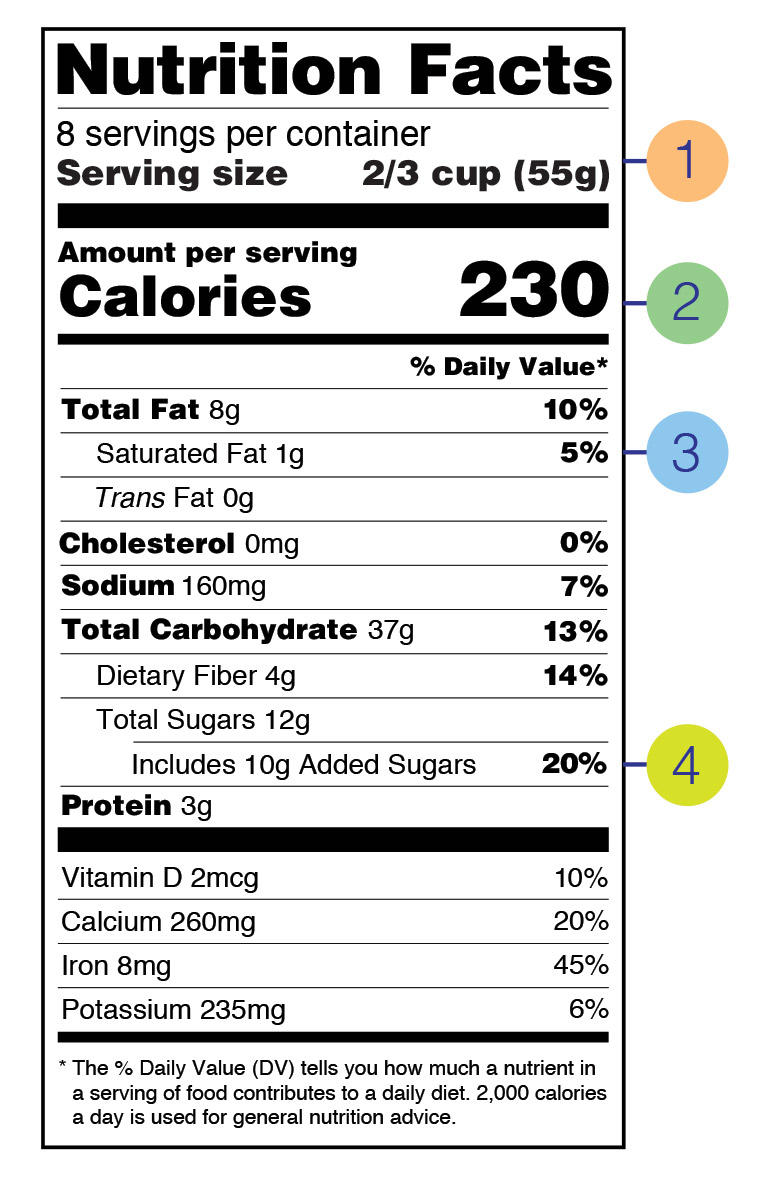
Nutrition Facts Label Reflects Science on Diet and Health, including Cancer - National Cancer ...
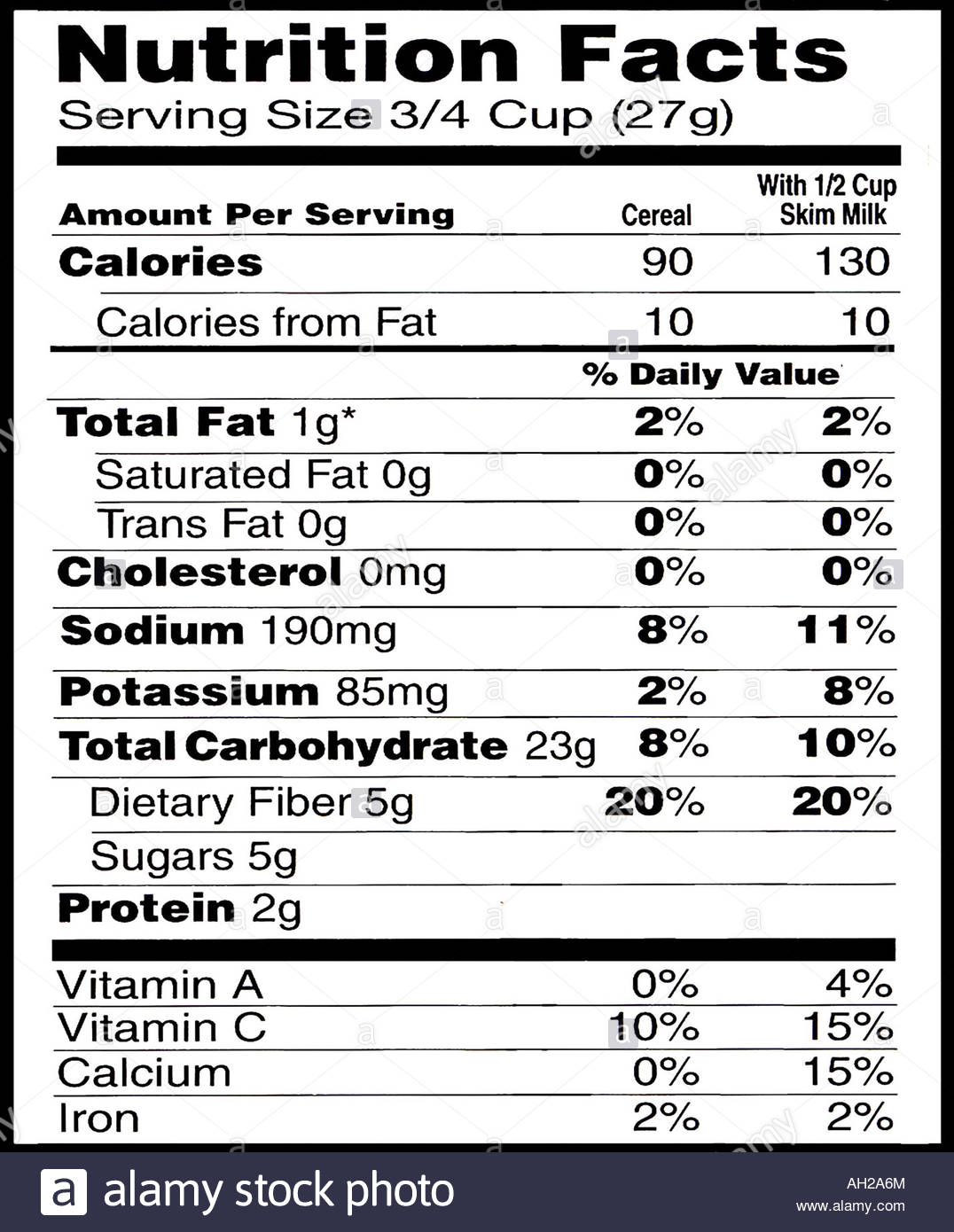
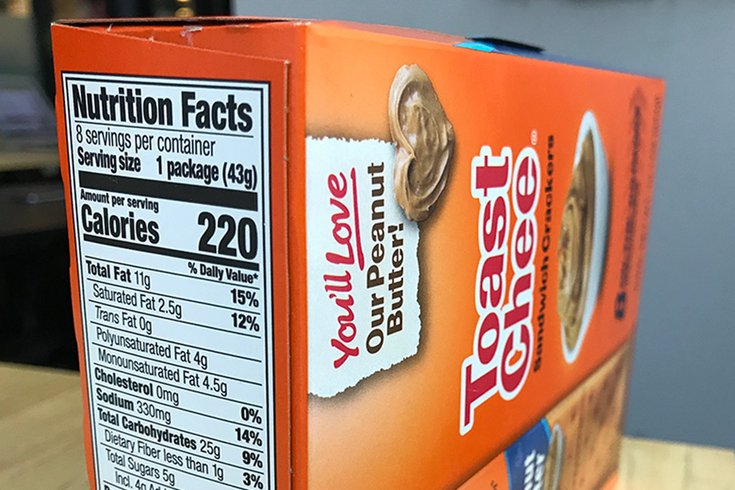




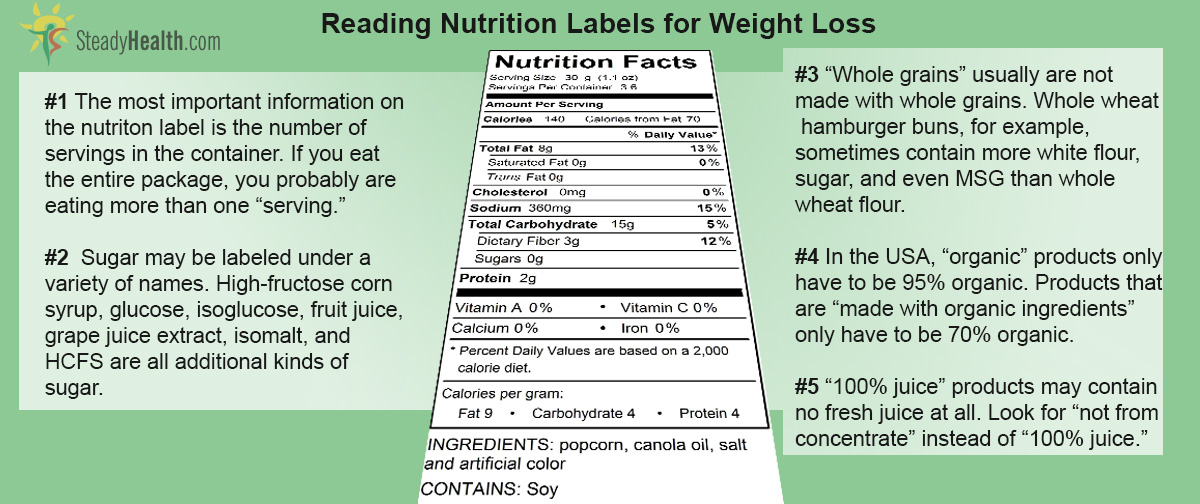
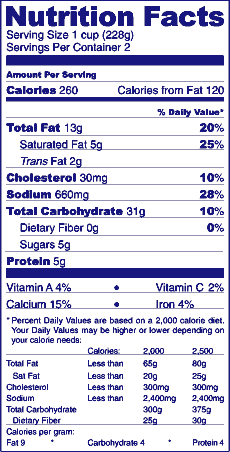


Post a Comment for "40 nutrition facts food labels"